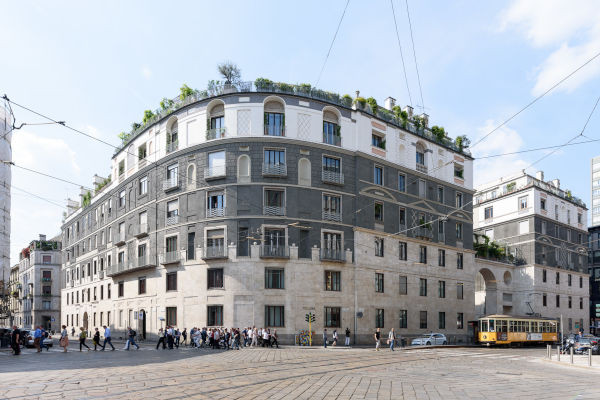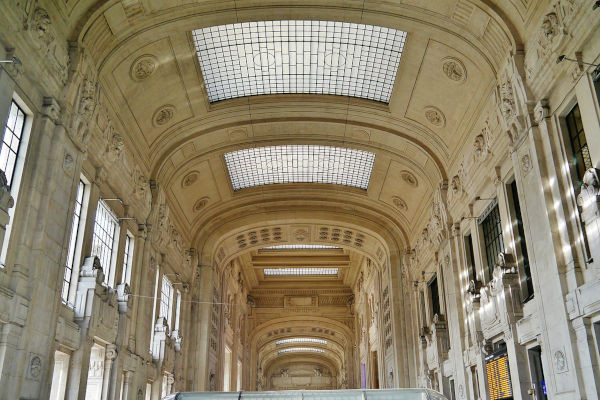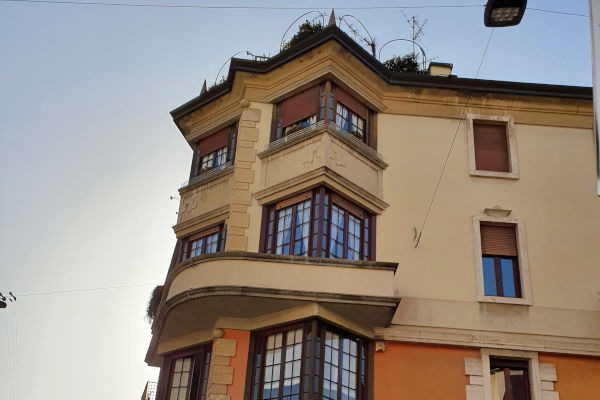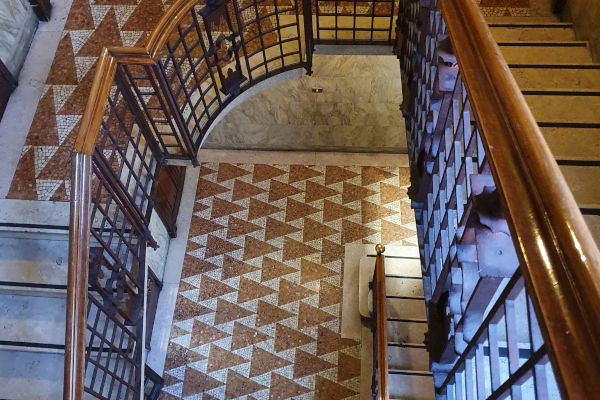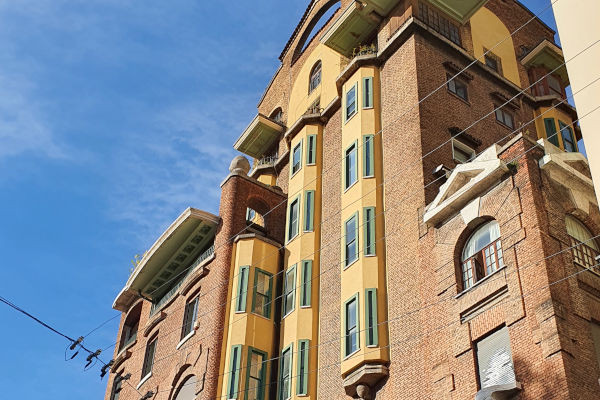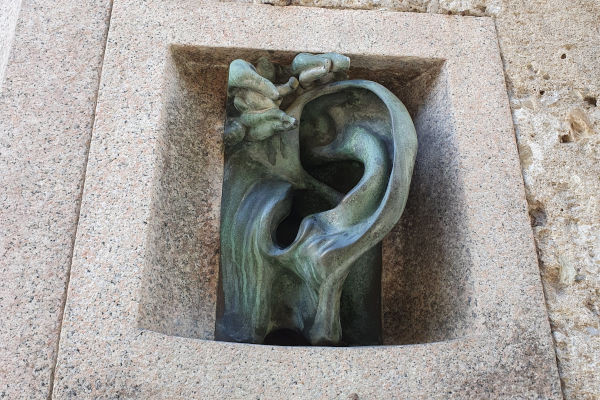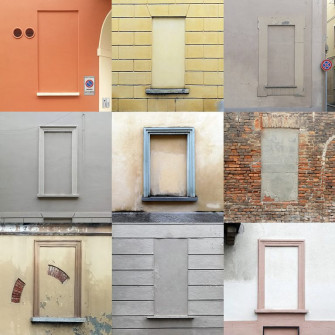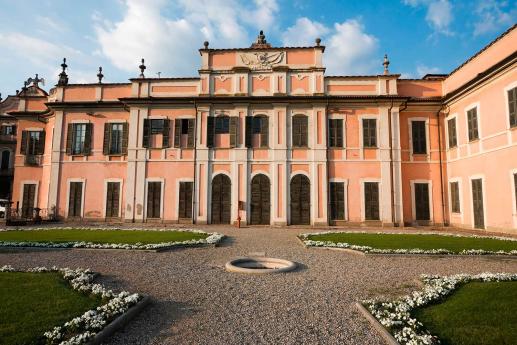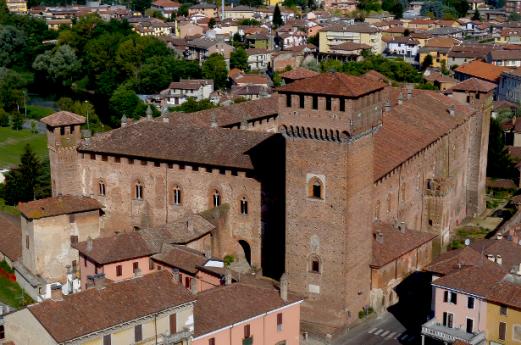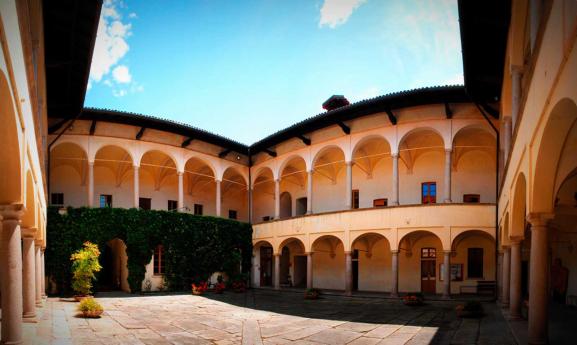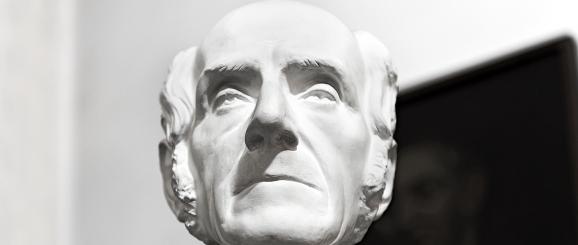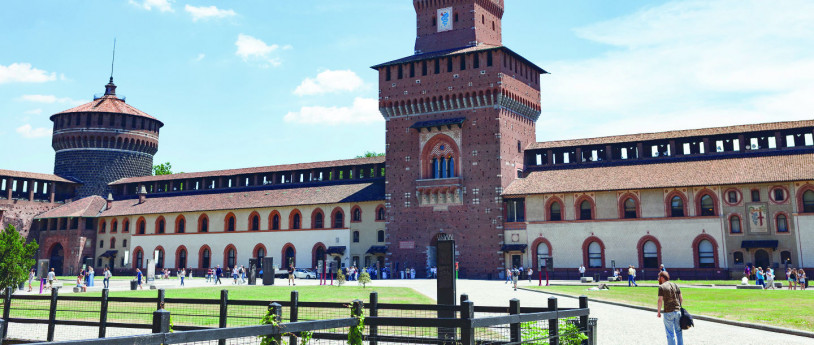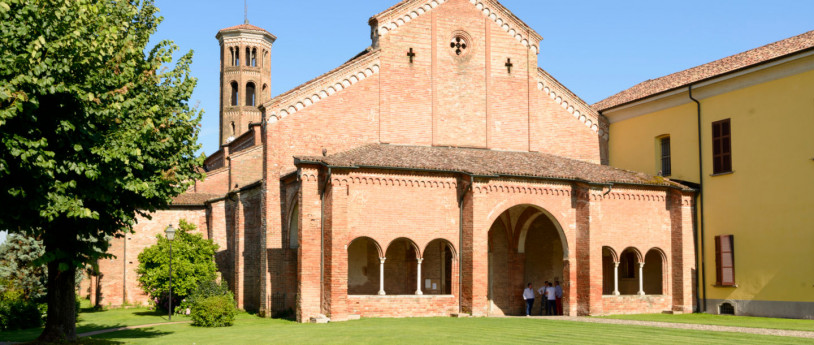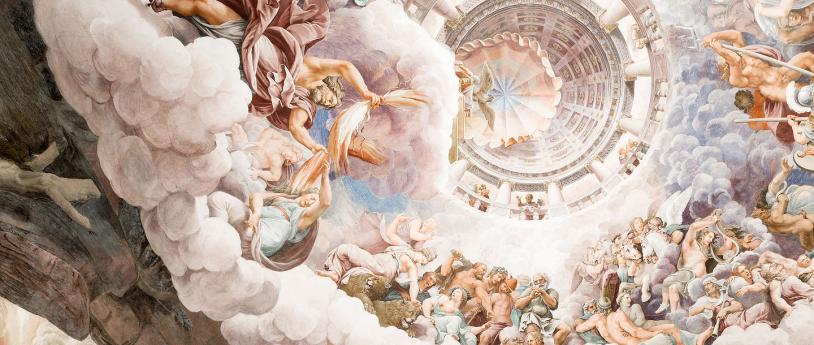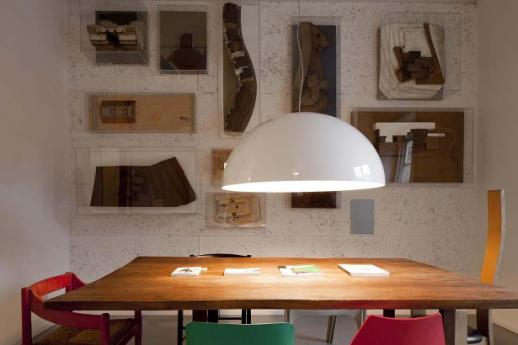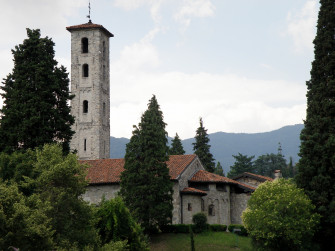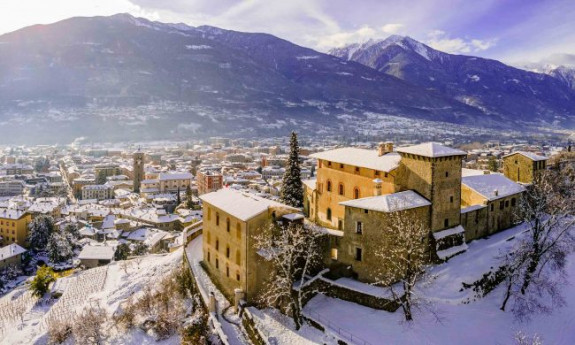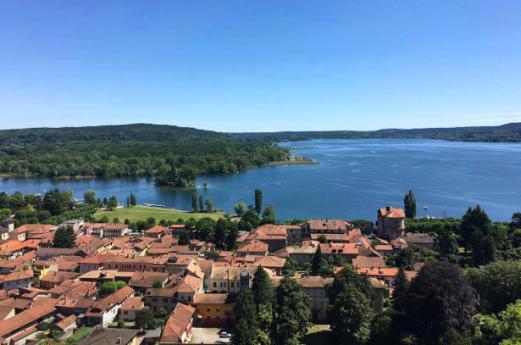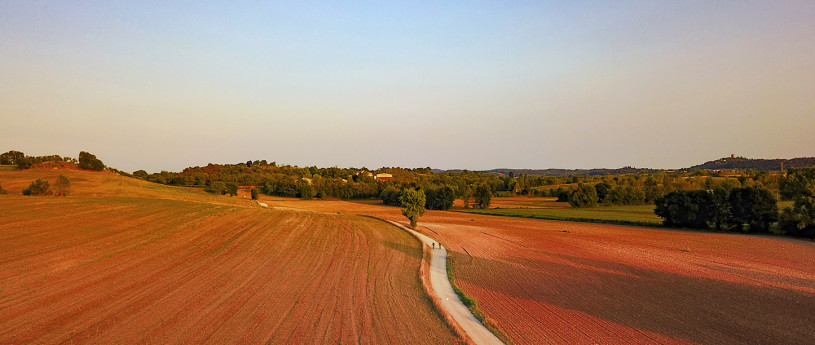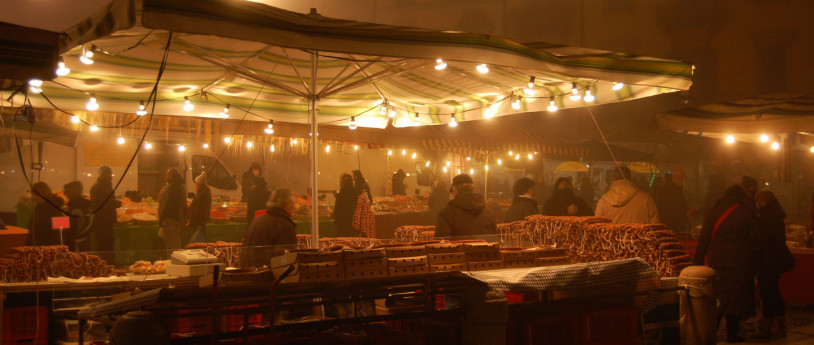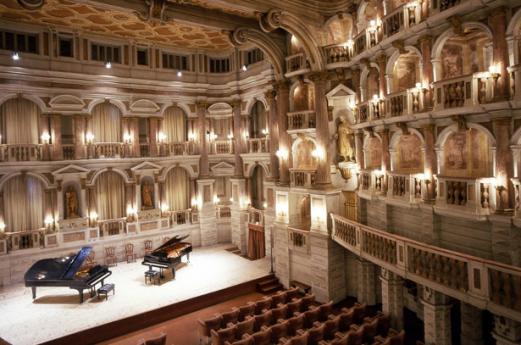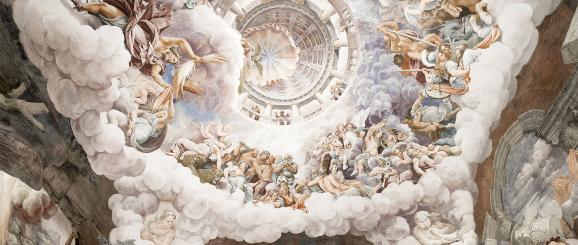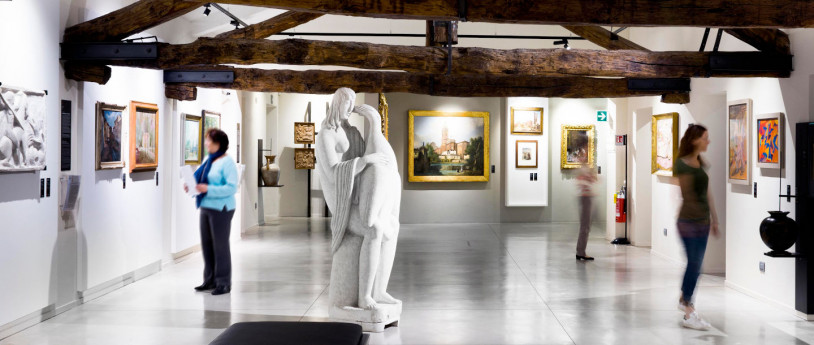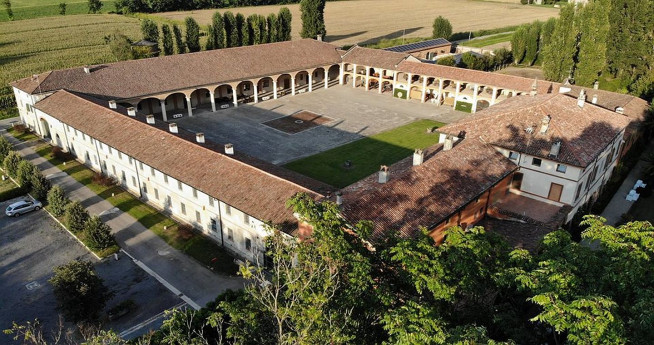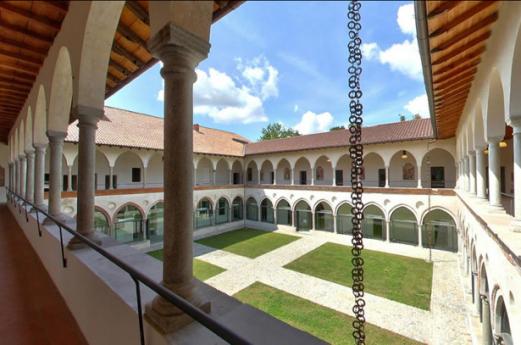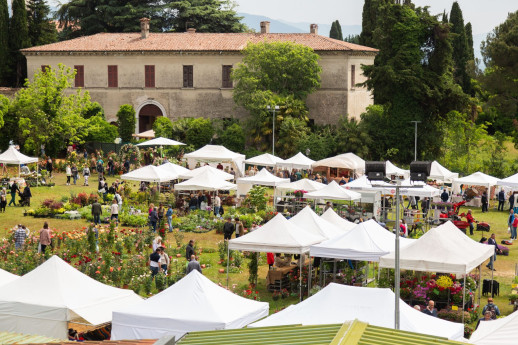- Art & Culture
Milan in the 1920s: Déco and tradition
An Art Deco itinerary in Milan is perfect to see masterpieces of the greatest protagonists of Italian architecture of the time.
The new taste was born as a reaction and at the same time an ideal continuation of Liberty: the shapes became geometric and symmetrical, in a spirit of rationality that does not however lose the taste for decoration and elegance. Furthermore, Italian Déco is inspired by the classical heritage: the antique is rendered with impressive, solid, and essential volumes.
An early Déco example is the building by Giovanni Muzio from 1919-1922 at the corner between via Turati and via Moscova, so disruptive in its diversity from traditional architecture that it earned the unkind nickname "Cà Brutta", “Ugly House”. The two buildings, of which the one on the corner has a large, curved mass, are divided by a private street, the access to which is marked by a large triumphal arch that recalls the Renaissance Serlian window.
Triumphal access to the city, the Central Station was designed by Ulisse Stacchini in 1912, but because of the First World War it was not built until 1925; the project was reworked to respond to the propaganda of the fascist regime. The gigantic proportions and the eclectic decoration of the facade, 200 meters wide, stand out. From the carriage gallery, elegantly decorated with friezes, you can access the platform level through the grand staircase, monumental, but unfortunately very uncomfortable. The tracks are covered with majestic iron and glass vaults.
Professor of Architecture at the Politecnico di Milano, Piero Portaluppi in the 1920s was active on various projects. The building of the Buonarroti-Carpaccio-Giotto company in Corso Venezia dates to 1926-1930, characterized by a gigantic arch, access to the via Salvini. In the under-arch we identify one of the constant stylistic figures in the Portaluppian language: the diamond-shaped decorative motif.
In 1929 Ulrico Hoepli decided to donate a planetarium to the city of Milan, to be placed at the entrance to the Public Gardens. Portaluppi creates a neoclassical building, inspired by the Roman Pantheon, and embellished with star decorations.
The project for Casa Radici-Di Stefano in the via Jan dates to the same year, characterized by the projecting bow window lounges, to enliven the corner with via Aldovrandi. On the second floor is now the Boschi-Di Stefano House Museum, in the apartment where the spouses Antonio and Marieda lived and collected art.
We cannot finish a journey in the 1920s without mentioning Aldo Andreani, his whimsical Palazzo Fidia, an assembly of the most disparate shapes, models and colors, and the Sola-Busca palace in via Serbelloni 10, called “Cà de d’Orègia”, House of the Ear: the curious intercom, sculpture by Adolfo Wildt, is in fact… a real ear!
-
Ph visore: Urbanfile
Text by FIAMMA BOZZOLO, ConfGuide-GITEC
CLICK HERE to discover her other itinerary proposals.
